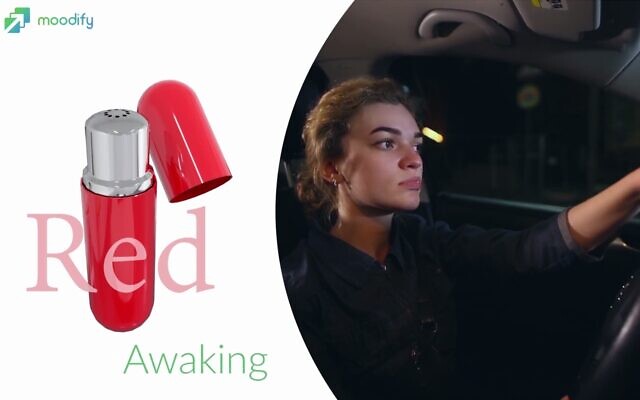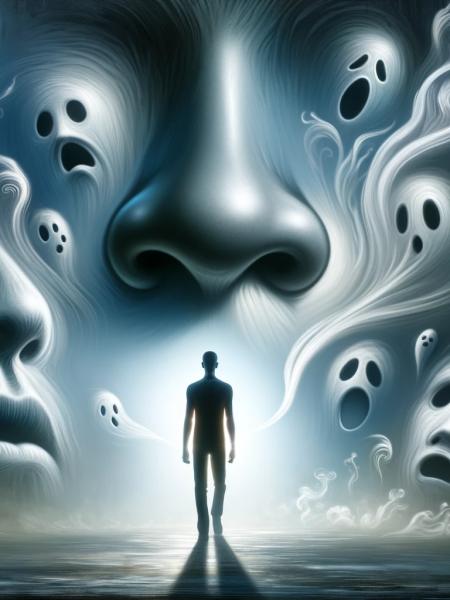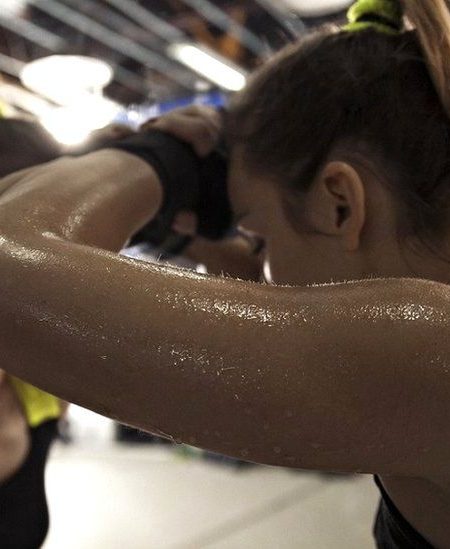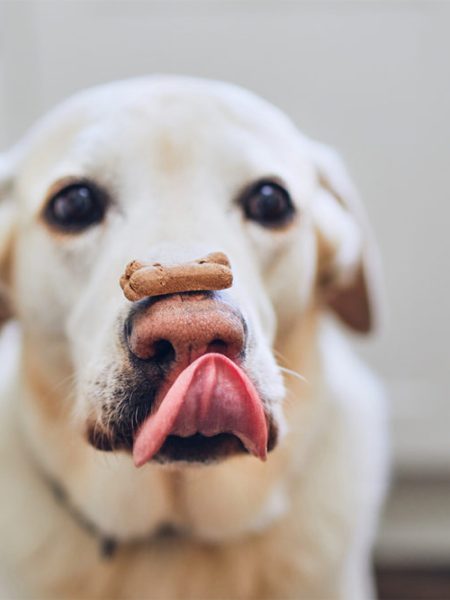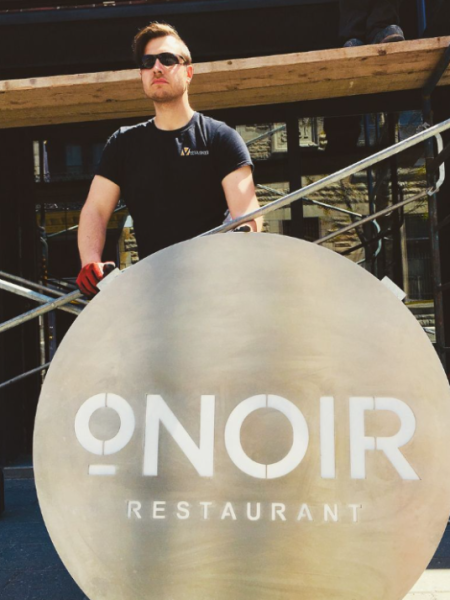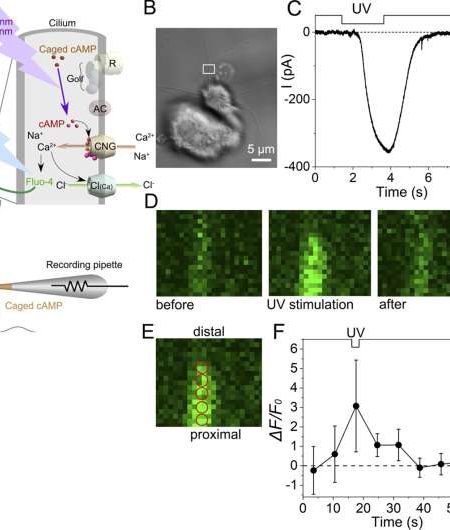(Moodify)
Technology that cancels out the stench of cat litter and cigarettes could also revive drowsy drivers or calm nervous students. Lab tests show that digitized scents created by Israeli startup Moodify can keep drivers alert, slow a nervous person’s racing heart and improve sleep.
Toyota AI Ventures, the innovation arm of the Japanese car giant, is among the marquee investors betting millions of dollars that Moodify’s “active scent technology,” developed over years of research at the Weizmann Institute, can improve driver behavior and road safety.
“The sense of smell gets into your brain faster than any other sense,” says Tal Landman, chief operating officer of Moodify, which is working with a wide range of Fortune 500 companies to incorporate its digital scents into their products.
Smell can influence behavior and feelings, and even trigger physical responses, he says.
In a test with a leading carmaker, the Moodify Red formulation woke drowsy drivers from their sleep within a few seconds. Chemicals released by the system stimulated the trigeminal nerve in the face, sending signals to the brain and increasing the adrenaline level.
“This could be incorporated into cars to prevent drivers from falling asleep at the wheel,” Landman says. “It could even replace coffee or energy drinks.”
A Moodify formula that neutralizes odor is already on sale to the public, targeted at cat owners who dread cleaning their pet’s litterbox, or struggle to find a discreet place to put it, due to its unpleasant stench. Simply hanging Moodify’s white, heart-shaped device that looks like a decorative ornament above the litterbox can solve the problem. It contains a small amount of liquid that emits scentless molecules scientifically proven to block the brain from noticing the smell. Some cat owners say it has changed their lives.
“There is really no odor,” says one cat owner, who previously resorted to wearing a mask when cleaning the litter box. Unlike perfume-based air fresheners, the device is not simply trying to hide one smell with another.
“It cancels bad smells,” says Landman “It’s like white noise for the nose.”
Toyota, Audi and Valeo, a French supplier that makes auto parts for millions of cars, are among the major companies working with Moodify to incorporate the technology into their vehicles – a market that could be worth millions of dollars a year.
Valeo used Moodify for a device that can be placed in used, rented or shared cars to eliminate bad smells.
“This enables us to bring to market an ultimate solution to bad smell in cars, a problem that pains the entire automotive supply chain,” says Georges de Pelsemaeker, health and wellbeing director at Valeo. Dealers say the device has increased returns on sales.
“On average it has resulted in a price $1,000 more than usually expected, just because when you open the door, odor is nonexistent,” Landman says.
Blocks smell
Moodify has also developed a scent for Audi China that blocks the leathery smell of new cars. Even though the new car smell is considered pleasant in the US and Europe, about 40% of consumers in China do not like it, Landman says.
In the future, Moodify’s scent technology could be incorporated into the air-conditioning systems of cars, trains and buses, making sure the air always smells fresh.
The platform can also produce scents that elicit specific responses from the body beyond waking sleepy drivers.
A lab test showed that Moodify Blue, made from synthetic versions of molecules found in human tears and sweat, helped people relax by lowering their cortisol and adrenaline levels. Those who inhaled it showed a 20% reduction in physiological stress responses when startled; another test carried out by a large consumer products company found that the scent was 29% more effective than a placebo in reducing stress.
“This is something that could be used in classrooms to help nervous students, or to help people sleep better,” Landman says.
The science of smell has, until recently, been less studied than other senses. The neural receptors in the nose that receive odor signals and transmit them to the brain were only identified in the 1990s. Recently, interest in the field of olfactory science has grown since loss of smell emerged as a common symptom of Covid-19.
“There’s been a sea change of increased interest in what our olfactory system can tell us,” says Pamela Dalton, a researcher at the Monell Center, a interdisciplinary scientific institute in Philadelphia dedicated to the study of smell and taste.
Weizmann Institute
Based on 15 years of research at the Weizmann Institute of Science Olfaction Research Group, Moodify’s platform consists of a giant database of different smells – both good and bad – broken down by which molecules they contain, and how the brain reacts to each. Users can enter a scent they want to cover up, like cigarettes, mold or body odor, into the database, and the platform, using neural networks to sort through masses of data, produces a recipe that will block the nose from detecting those smells.
“We know how each molecule communicates with the brain,” Landman says. “Our grand vision is mapping and digitizing scent. That would allow you to send WhatsApp messages with smells in them, or watch TV and smell the things you see.”
Sounds and images were long ago reduced to computer code and easily recorded, created, transferred and watched on digital devices. After the Weizmann scientists discovered that almost any smell in the world can be produced from about 200 different molecules, digital scents are much closer.
Efforts to incorporate scents into entertainment experiences go back to the 1950s when AromaRama and Smell-O-Vision machines emitted smells in theaters to go along scenes in movies. But the concept never really took off.
“It’s much more complicated than vision or hearing,” Dalton explains, comparing it to images where a combination of blue, green and red can create any color. “A set of primitives, or primaries, does not exist in the odor world. I think we will see this technology eventually, but it will be a while.”
Source: Startup targets multi-million dollar market of smelly cats and sleepy drivers

The Connection Between Saliva And Flavour Perception? | Slurp

Scent adds more dimension to exhibits and stories & enhance perception and interaction | Denver Art Museum

How do we smell? First 3D structure of human odour receptor offers clues | Nature

Breakthrough on ‘sense of smell’; scientists create 3D picture of odour molecule | Hindustan Times

Tasting memories: the Spanish ice-creams serving a scoop of nostalgia | The Guardian


